The Rollercoaster of Backyard Aquaponics: A Personal Tale
So there I was, sitting at the kitchen table, nursing my third cup of coffee, staring out the window at the patchy lawn. The sun was just beginning to rise over Sweetwater Creek, and I couldn’t help but think about that wild summer adventure when I decided to build an aquaponics system in my backyard. You know, the kind they always rave about on gardening shows. I was sold on the idea. Fresh veggies! Happy fish! No pesticides! What could possibly go wrong?
The Dream
It all started when my neighbor, old man Jenkins, casually mentioned how he grew tomatoes the size of softballs with just a little creativity and some fish. Fish, in a garden? I squinted in disbelief, but he went into this passionate spiel about balance and nutrient cycles. Honestly, it sounded complicated, but I loved a good challenge. I pulled out my toolbox, which was practically a mini-graveyard of old screws and duct tape, and got to work all summer.
The Setup
After scouring various DIY forums, I took a deep breath and headed to the local hardware store. Picture me, a rusted pickup truck loaded with PVC pipes, 2x4s, and a pump that I prayed would fit. Honestly, I felt like a kid on Christmas morning, excitedly tossing everything into the cart. Back home, I laid it all out on the grass.
Spending hours cutting and connecting pipes, I envisioned myself as some sort of hydroponic wizard. At one point I even thought I’d nailed it! The fish tank was in place, perched high enough for the plants to get that sun-kissed sunshine. I felt like Da Vinci—until, of course, I had to fill it with water.
The First Hurdle
Let me tell you about that moment. I bent over the tank, bucket in hand, feeling like a mad scientist, when I dumped the water in. A bubble of excitement simmered within me. Then, I got a whiff of something… odd. It was like taking a whiff of fish food left out in the sun for too long. Panic set in as I realized I hadn’t even put any fish in yet!
Ignoring the smell, I moved on. I’d researched tilapia — hearty, resilient fish. I could get those cute little critters for cheap at the local bait shop. You wouldn’t believe how optimistic I was at that moment.
But then the unthinkable happened. I went to put the fish in the tank, and they suddenly started flopping around like their gills were on fire. I could hardly believe I’d spent hours calibrating everything only for my new buddies to go belly-up before I could even pat myself on the back.
The Learning Curve: pH Levels
After some self-reflection and a few choice words for my equipment, I pulled out my phone and started researching pH levels. Apparently, the water’s acidity or alkalinity greatly affects fish health. Why hadn’t I considered this before?
The next week turned into a whirlwind of testing and adjusting. I found myself at the local gardening shop, buying drops to test pH levels, which took all my willpower not to spill them all when I was trying to figure out the color chart. My kitchen looked like a mad scientist’s lab, with jars and tubes strewn across the countertops.
I started adding vinegar—yup, organic apple cider vinegar, hoping it would bring the pH down. There I was, pouring it in, thinking “This is what they mean by organic pH down!” But oh boy, I didn’t realize the water was going to turn that sickly green color. It looked like a witch’s potion gone terribly wrong.
Setbacks and Surprises
After a few mishaps, I almost gave up. That was until I noticed the okra I had planted sprouting amidst all the chaos. It was sturdy and healthy, completely unfazed by my shenanigans. I had turned my attention too much onto the fish instead of nurturing the plants that were thriving quietly on the side.
As the days rolled by, more fish died, and more plants flourished. Desperation turned into determination. I quickly realized I needed to find a balance. Not just between fish and plants, but with my own expectations, too. Some days I would peek over at my system and see algae blooming in the fish tank. Other days, what had once been a watery grave was suddenly a flourishing mini-ecosystem.
The Meaning in the Madness
Eventually, I figured out a way to stabilize the system, or at least found a rhythm that seemed to work. I learned how to harvest the vegetables and felt that rush of pride when sharing them with friends and family. I realized that while I had set out to create a perfect system, it was the unexpected surprises along the way that turned the entire experience into something meaningful. I had learned invaluable lessons on patience, balance, and the sheer joy of eating something you grew yourself.
If you’re thinking about doing this, don’t worry about getting it perfect. Just start. You’ll figure it out as you go, just like I did.
If you are interested in finding a community that understands the hilarious, frustrating, and rewarding nature of this journey, join our next session to discuss all things aquaponics and beyond. Reserve your seat here. Believe me, you won’t regret it!

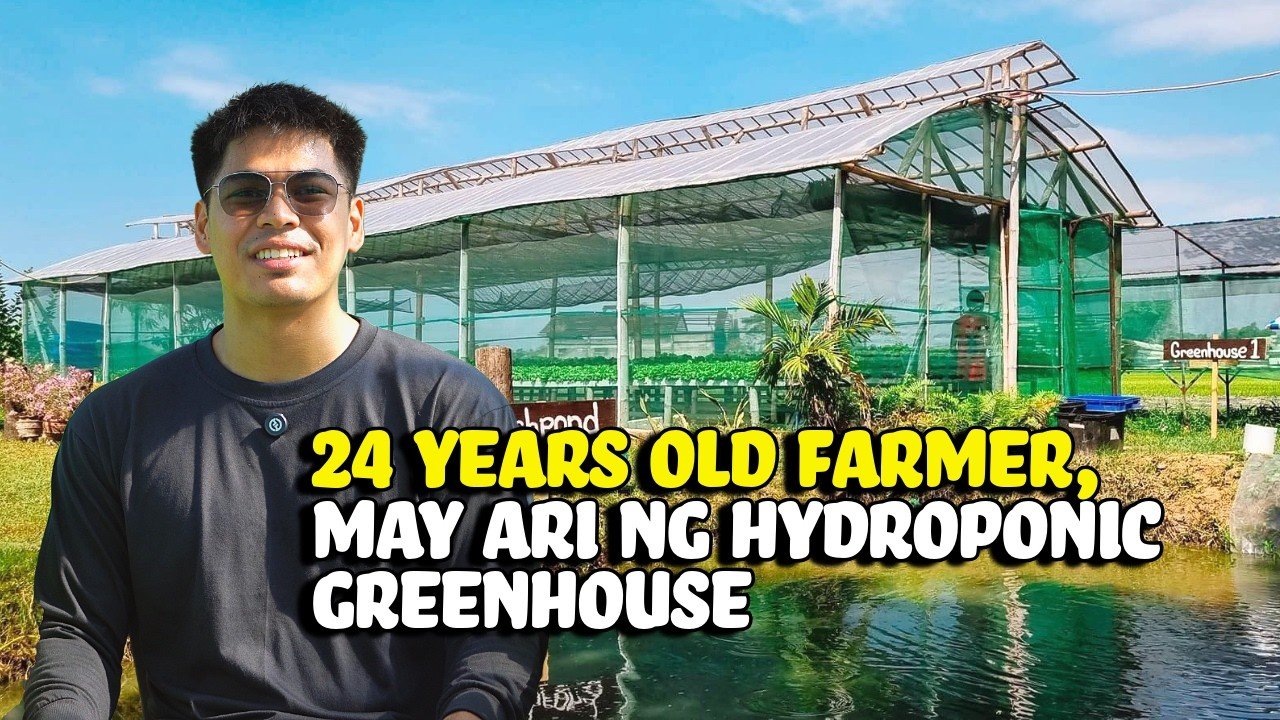
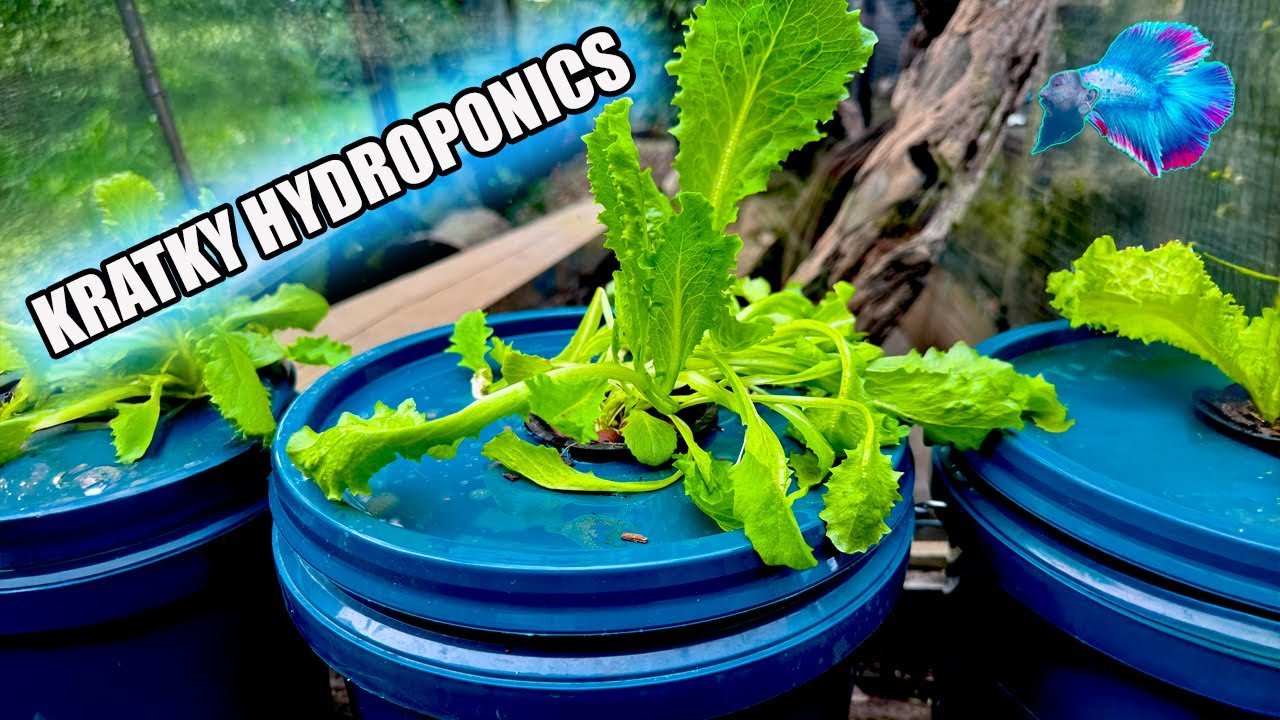
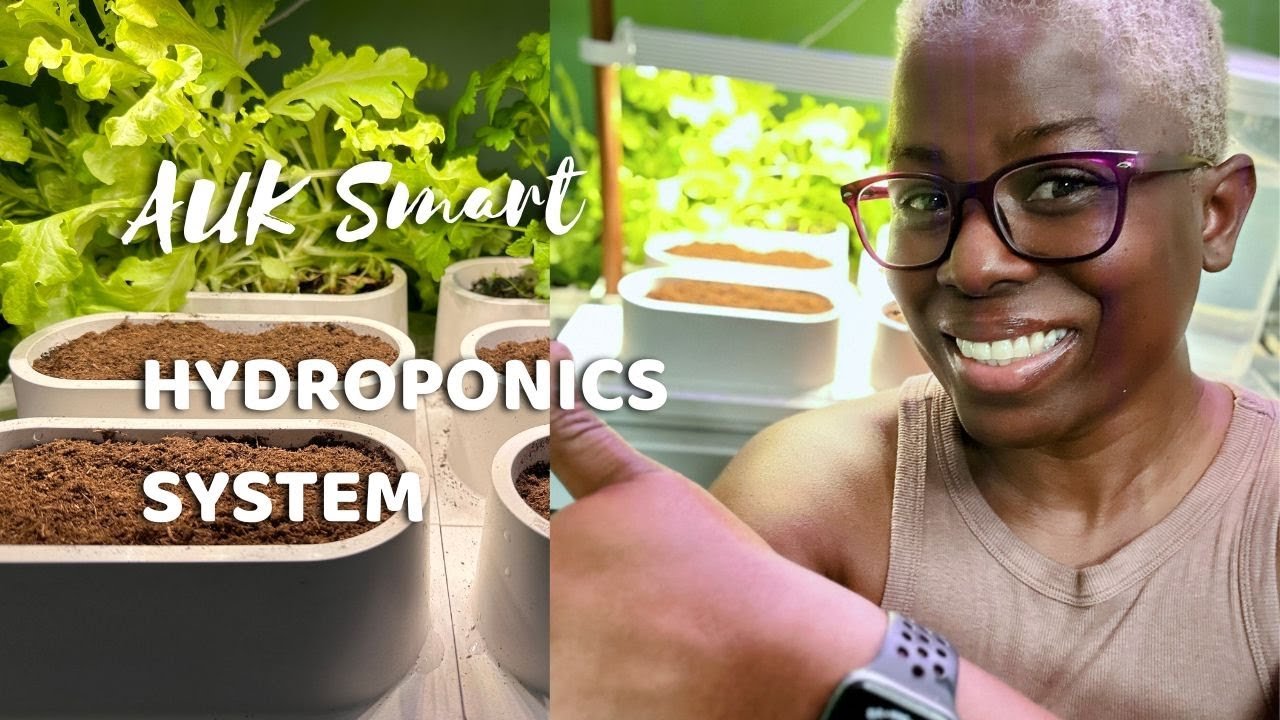
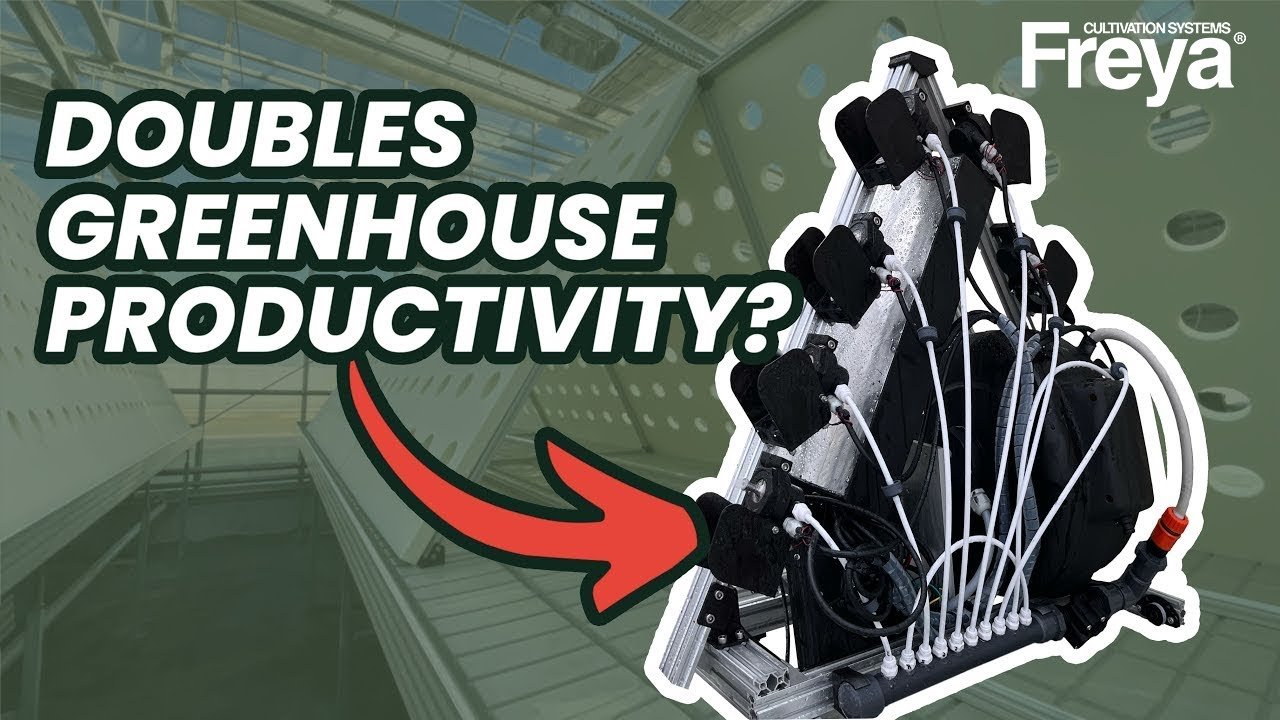
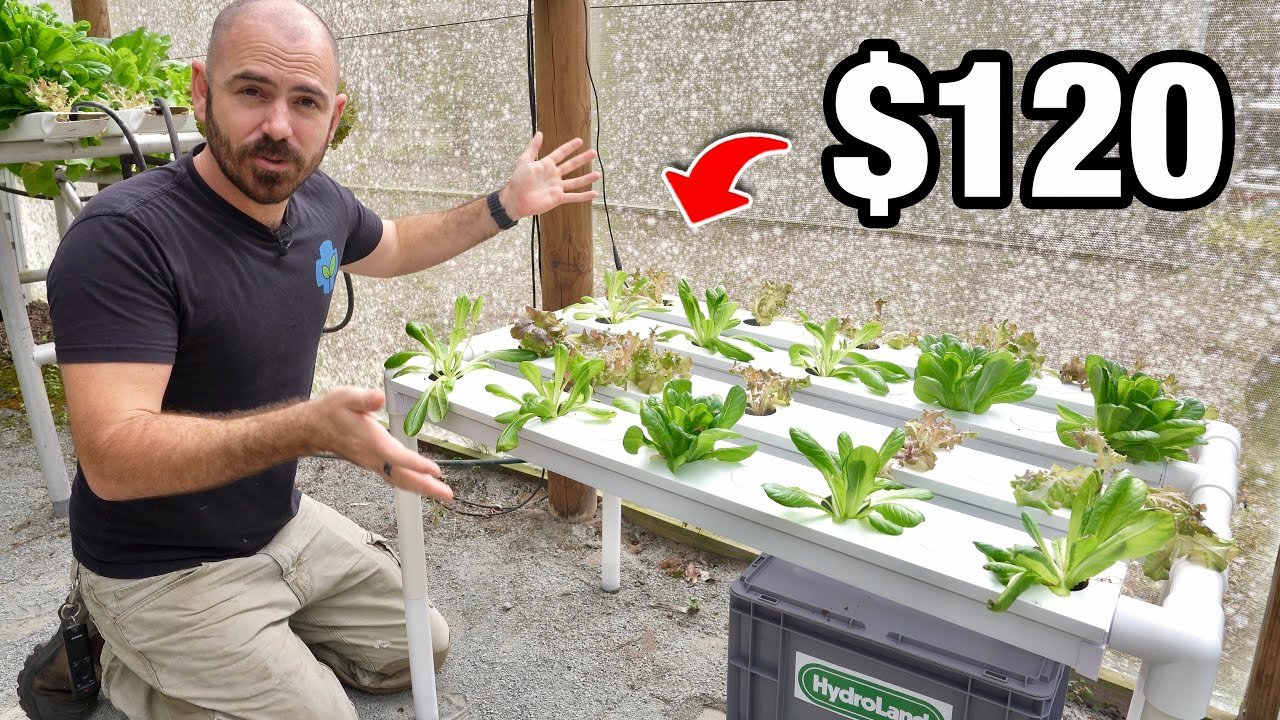

Leave a Reply